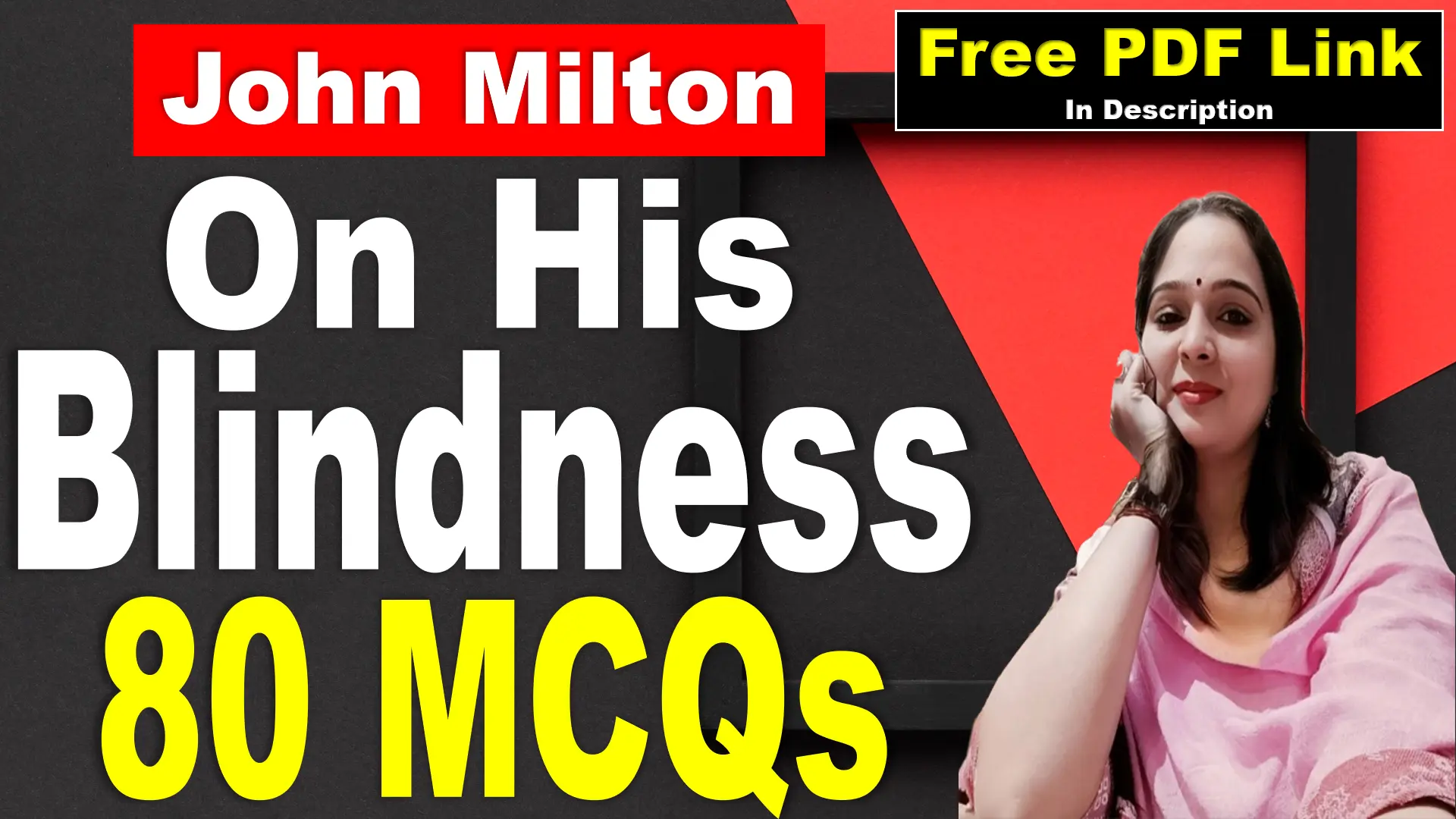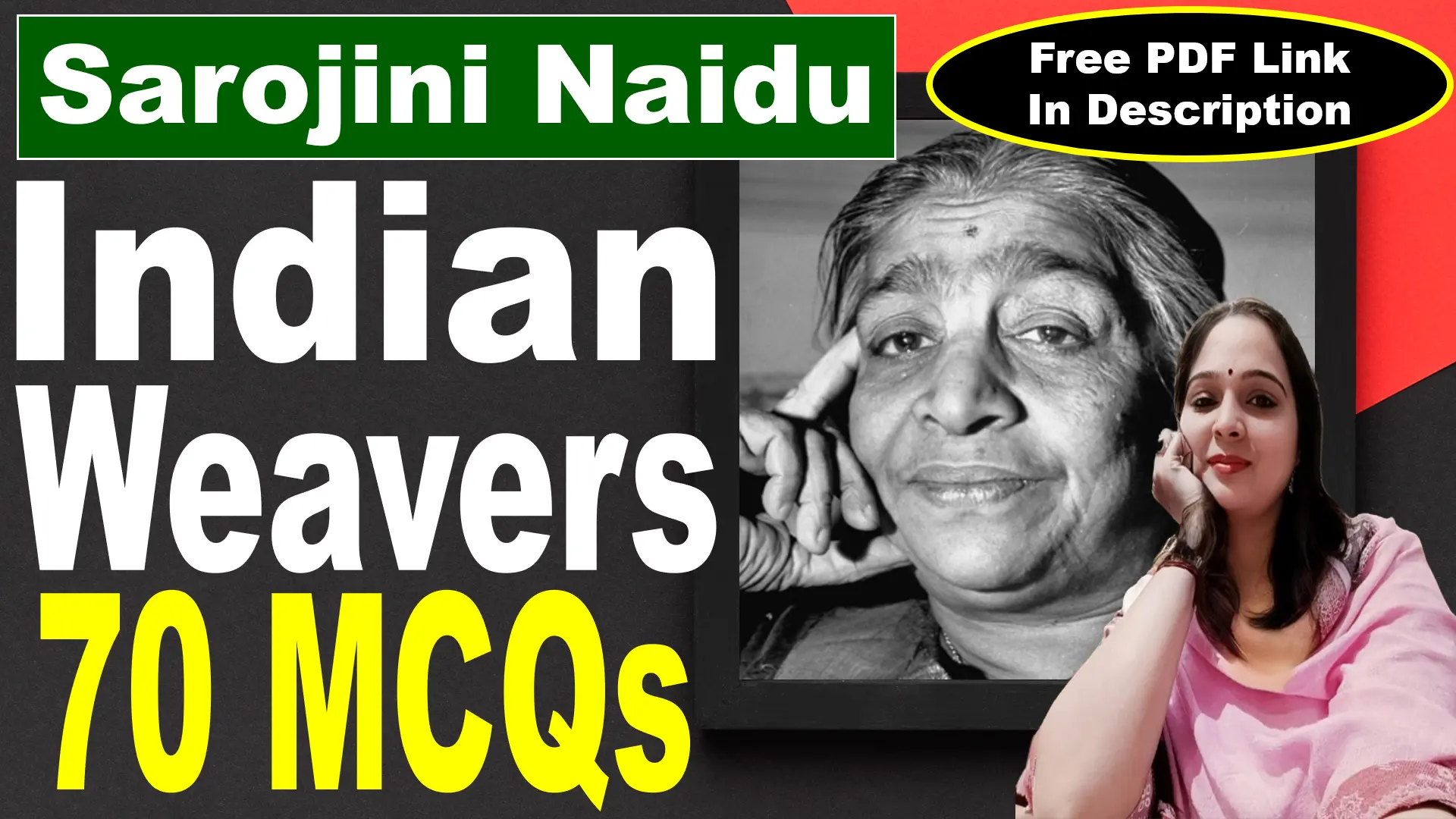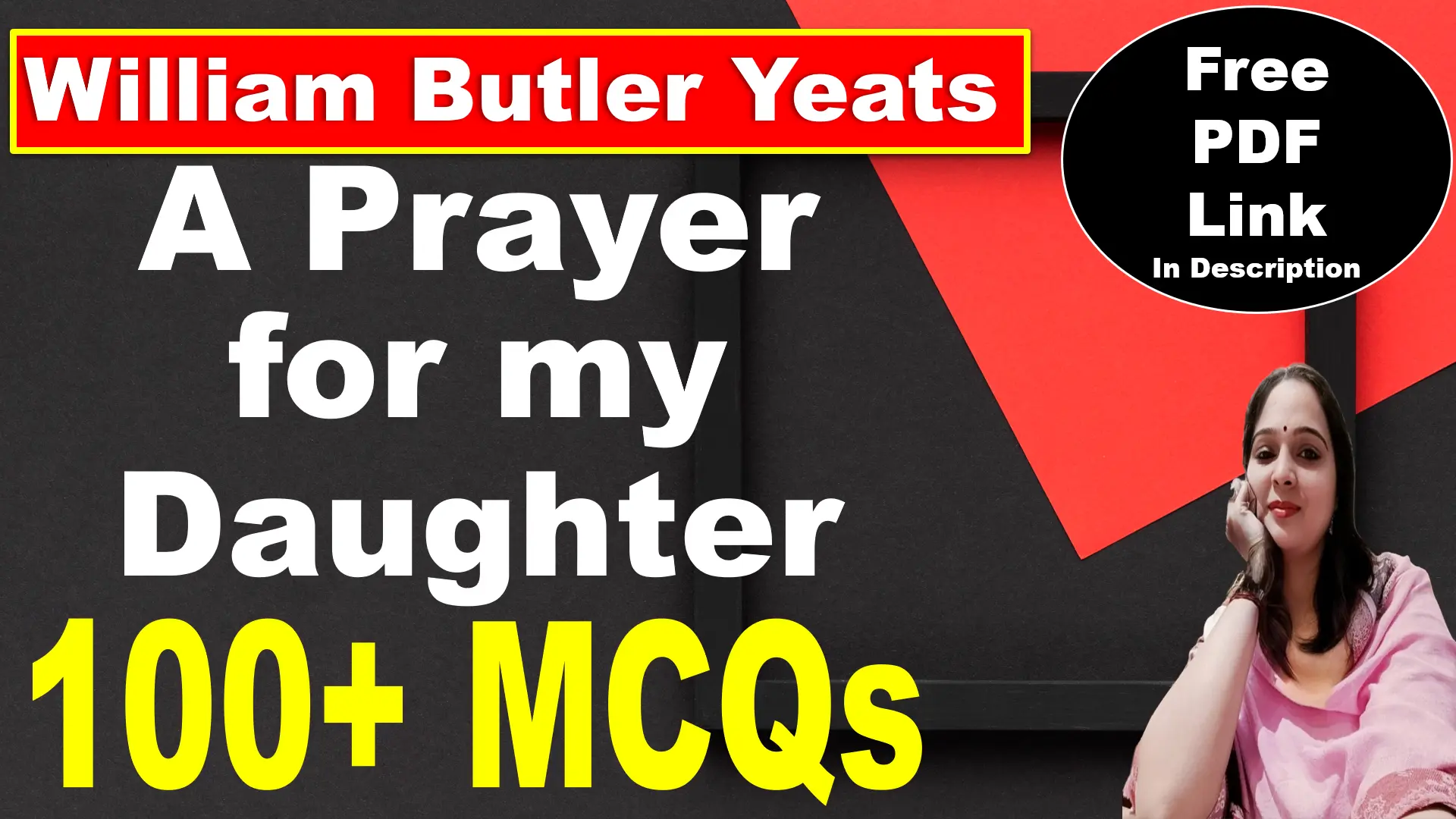
Sonnet 15 by William Shakespeare Questions Answers
Very Short Answer Questions
What is the subject of the poem’s first line?
Everything that grows
How long does the poem say perfection lasts?
A little moment
What is the world compared to in the second line?
A huge stage
What do the stars do in the poem?
They comment
What grows and is checked by the same sky?
Men
What do humans boast of in their youth?
Their youthful sap
What happens to their brave state?
It fades from memory
How does the speaker feel about the impermanence of life?
Makes the young man more precious
Who debates with Decay in the poem?
Time
What does Time try to change?
The young man’s day of youth
What does the speaker fight for in the poem?
The young man’s beauty
What weapon does the speaker use in this fight?
Poetry
What does the speaker promise to do with his poetry?
Engraft the young man
What is the poem’s overall tone?
Melancholic, but hopeful
What does the poem celebrate?
The power of art
What is the poem a testament to?
The enduring power of love
What does the poem capture?
The beauty of youth
What does the poem try to defy?
Decay and mortality
What literary device is used in the line “Cheered and checked even by the selfsame sky”?
Personification
What is the rhyme scheme of the sonnet?
ABAB CDCD EFEF GG
Short Answer Questions
Explain the metaphor of the “huge stage” in the second line of the poem.
The “huge stage” is a metaphor for life, suggesting that life is like a theatrical performance where events unfold, and individuals play their roles.
How does the poet describe the influence of stars on human life in the second line?
The stars are said to have a secret influence, implying a cosmic force that plays a role in shaping the events and experiences of human life.
In what way does the poet compare men to plants in the third line, and what does this comparison convey?
The comparison suggests that, like plants, human life has a cycle of growth and decline. It conveys the idea of the transient nature of both human and natural existence.
Explain the significance of the phrase “youthful sap” in line 4.
“Youthful sap” refers to the vigor and vitality of youth. The phrase emphasizes the exuberance and energy associated with the early stages of life.
Describe the conflict presented in the poem between Time and Decay.
Time and Decay engage in a metaphorical struggle, where Time seeks to preserve youth, and Decay represents the inevitable deterioration that comes with the passage of time.
How does the poet use the term “conceit” in line 5, and what is its role in the poem?
“Conceit” is used to describe an elaborate metaphor or comparison. In this context, it refers to the idea that considering the transient nature of life enhances the perception of the beloved’s richness in youth.
Explain the concept of “sullied night” in line 7 and its symbolic meaning.
“Sullied night” represents the tarnishing or deterioration of the bright days of youth into a darker, less vibrant period. It symbolizes the impact of time on the pristine state of youth.
How does the poet express his resistance against the effects of Time in line 11?
The poet declares a metaphorical “war with Time” as a symbolic way of expressing his determination to combat the inevitable aging process and preserve the beloved’s youth.
What is the poet’s promise in the final line of the sonnet?
The poet promises to engraft the beloved anew, suggesting a poetic act of rejuvenation or regeneration to counteract the effects of time.
How does the extended metaphor of plants and growth contribute to the overall theme of the poem?
The metaphor emphasizes the cyclical nature of life, with the growth of plants paralleling the stages of human life. It reinforces the idea that everything has a moment of perfection but is subject to the passage of time and decay.





